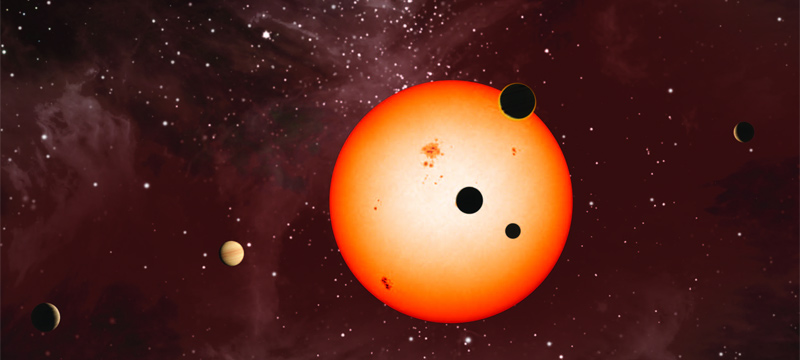
MOFFETT FIELD, Calif. — A lucky bunch of Twitter-loving space fans gathered Friday (Feb. 11) to learn about NASA's latest alien planet discoveries, and to get a behind-the-scenes tour of the space agency's Ames Research Center.
NASA held the "Tweetup" event at Ames by inviting about 100 followers of the space agency's Twitter feed. The attendees, who were picked at random from a pool of about 400 applicants, came from 19 states and six different countries, agency officials said.
"I'm just thrilled you guys could come out today," NASA spokesman John Yembrick told the crowd. "This is a good way to communicate what NASA's mission is to a wide audience."
The attendees were treated to several different science talks, including a presentation by Natalie Batalha, deputy science team lead of NASA's planet-hunting Kepler mission. Batalha discussed Kepler's latest finds, which were just announced: 1,235 potential alien planets, including 54 that may be habitable by life as we know it.
NASA's 'mission for humanity'
Batalha told the Twitter fans that she was happy they were there to learn about the search for alien planets, and the quest for life beyond Earth.
"We want you guys here, taking this journey with us," she said. "This is a mission for humanity, not just for scientists with big egos."
Get the Space.com Newsletter
Breaking space news, the latest updates on rocket launches, skywatching events and more!
David Morrison, director of the Carl Sagan Center for the Study of Life in the Universe at the SETI Institute, gave a talk about searching for life beyond Earth. That search is composed of two main strategies, he said — looking for signs of microbial life on other worlds such as Mars, and scanning the heavens for electromagnetic signals sent by intelligent civilizations.
One Twitter user asked Morrison how humanity should react if and when we ever do conclusively pick up such a signal.
"We should all go out in the streets and celebrate and honk our horns," Morrison said.
Bringing space down to Earth
To round out the science talks, Ames researcher Pamela Marcum discussed the Stratospheric Observatory for Infrared Astronomy (SOFIA), a modified Boeing 747 with a powerful infrared telescope.
The talks went over well with the assembled Twitter aficianados.
"It was fantastic," said James Salsman, who made the short trip from nearby Menlo Park. "I really enjoyed the presentations. I learned a lot."
Randy Hooks traveled much farther to be here — all the way from Philadelphia. Hooks is thinking about going back to school to study astronomy, so he said the event presented a good learning and networking experience.
"I'm just taking it all in," he said. "This is like the beginning stage for me."
Other attendees also saw the Tweetup as something of a social event, a chance to finally put a face to the Twitter handles they've seen so often online.
"There are a lot of people I talk to on a fairly regular basis, but I haven't actually met them face-to-face," said Marimikel Charrier, who made the one-hour drive south from Emeryville, Calif. "It's fun to come here and geek out."
You can follow SPACE.com senior writer Mike Wall on Twitter: @michaeldwall.
Join our Space Forums to keep talking space on the latest missions, night sky and more! And if you have a news tip, correction or comment, let us know at: community@space.com.

Michael Wall is a Senior Space Writer with Space.com and joined the team in 2010. He primarily covers exoplanets, spaceflight and military space, but has been known to dabble in the space art beat. His book about the search for alien life, "Out There," was published on Nov. 13, 2018. Before becoming a science writer, Michael worked as a herpetologist and wildlife biologist. He has a Ph.D. in evolutionary biology from the University of Sydney, Australia, a bachelor's degree from the University of Arizona, and a graduate certificate in science writing from the University of California, Santa Cruz. To find out what his latest project is, you can follow Michael on Twitter.









